Which Side Is Hot and Cold on a Faucet: Decoding the Mystery!
You can easily tell which side is hot and cold on a faucet by seeing the label, marking, or color on the body. By and large, it’s mostly the left side for hot water and the right side for cold water. However, it may vary based on the faucet type.
In case you are new to this, I’ll explain the hot and cold sides of a faucet in detail so you can understand it all. Plus, this guide will show you some helpful details to inform you all that you should know.
Keep on reading!
The Hot and Cold Side of a Faucet Depends on Its Type!
Based on the faucet type, the hot and cold sides of the tap can vary. Sometimes you’ll find a hot/cold water faucet on the left, while it’s on the right in other taps. To make it clear, let me give you the explanation:
Single-Handle Faucet
In case you are unsure which side is hot on a single-handle faucet, it’s on the left side. That means the right side is for the cold water on the same faucet type.
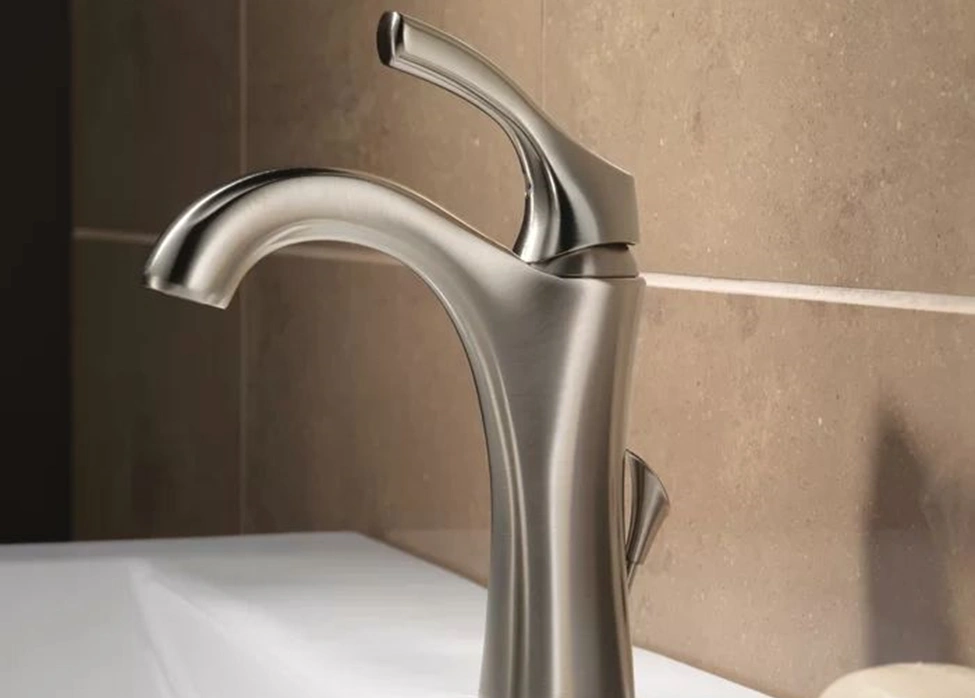
However, if you have a modern single-handle faucet that can go up or down due to its position, then just think of it as a vertical faucet, and then you’ll find the answer. In other words, the down will be for hot water and up will lead you to cold water.
Double-Handle Faucet
You’ll find hot water on the left side and cold water on the right side in traditional faucets which contain two handles.
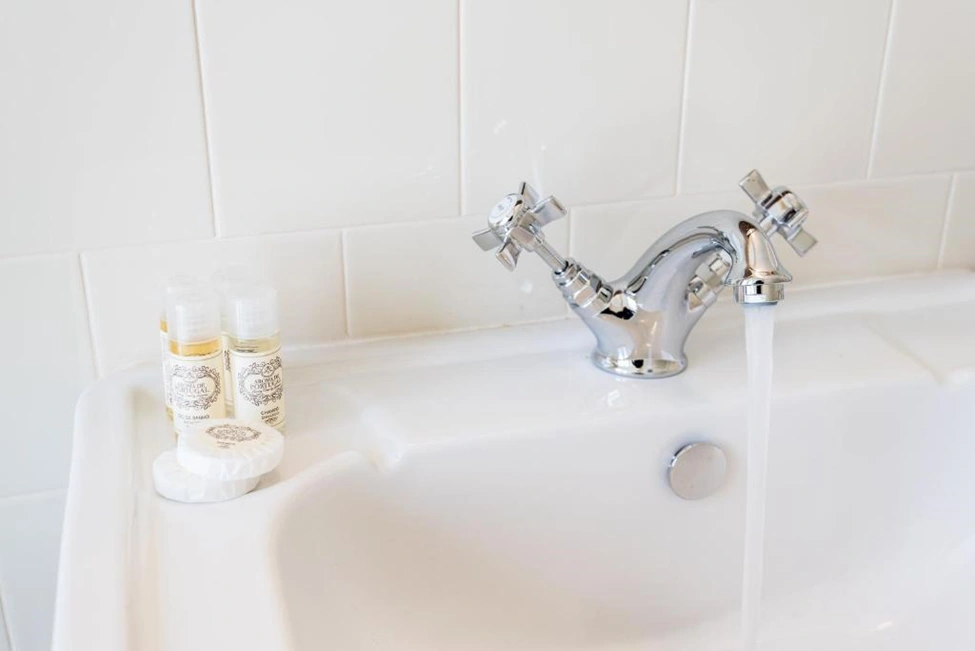
In some countries like Slovenia, you’ll find a hot water source on the right handle and cold water on the left side.
Triple-Handle Faucet
If you see three handles in a faucet, know that the cold/hot water source would be a little different than others.
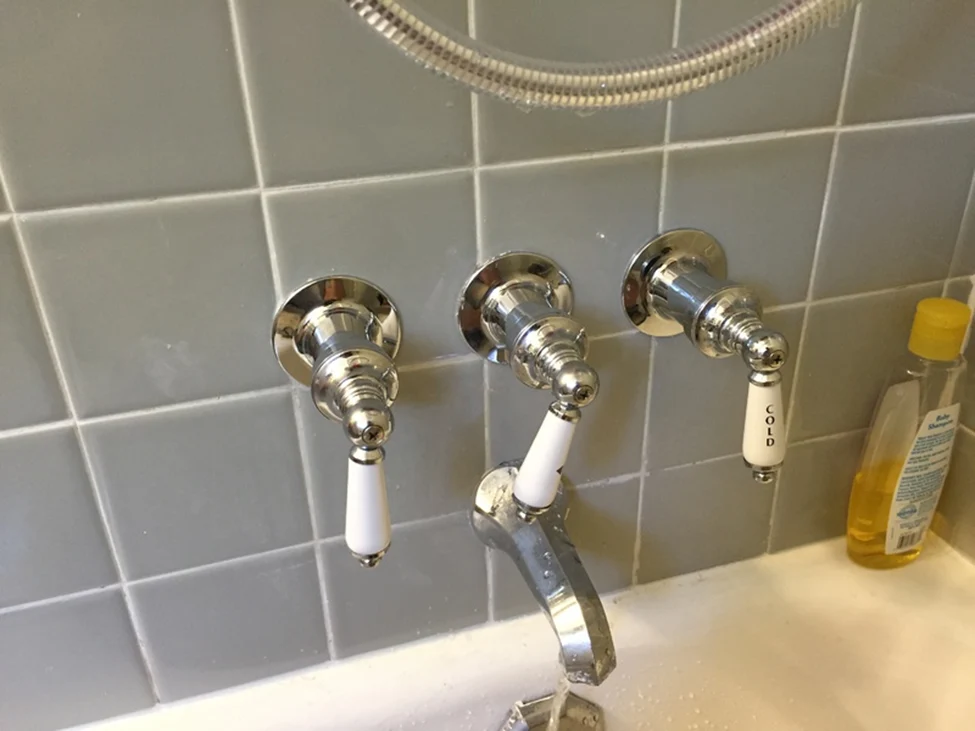
On the left, you’ll get boiling water which will burn your hand. Then again, the middle handle is for hot and the right handle is for the cold-water source on the faucet.
Two-Separate Faucet
In countries like England, Scotland, Wales, and so on, you’ll find two separate faucets (one on the left and another on the right side).
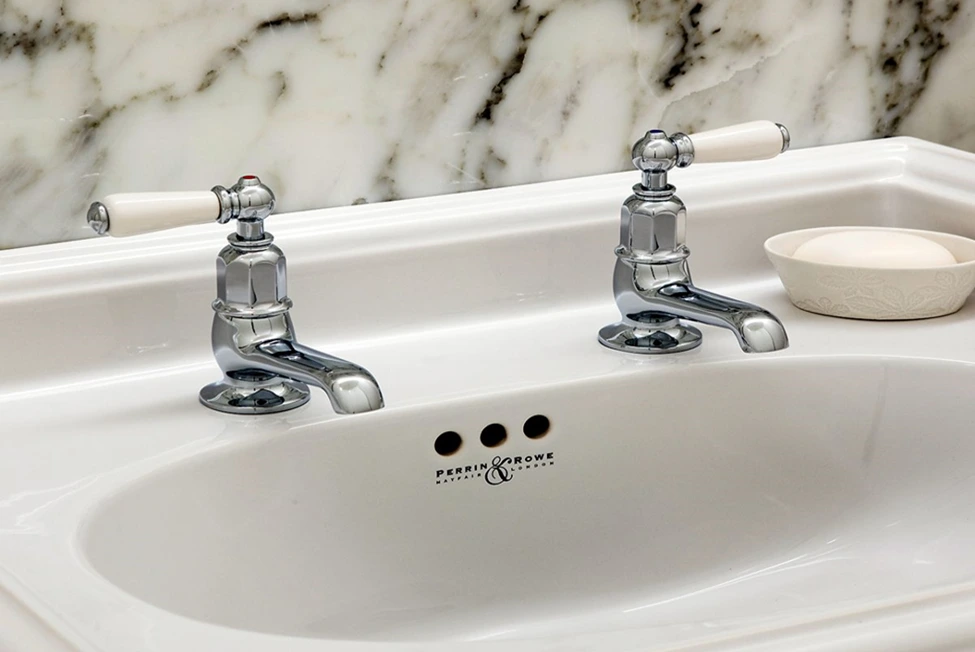
Most of the time, the left faucet flows extremely hot water, and the right faucet gives ice cold water source. As the water temperature is set to the max, that’s why you see separate faucets in one sink.
What Happens If Hot and Cold Water Lines Reversed?
The faucet usually contains two water supply lines at the bottom which cause people to get either hot or cold water.
Well, two water lines are attached to each shutoff valve which you can see under the sink. Each pipe offers cold and hot water when you twist the lever on individual sides.
If your plumber switches the hot and cold water lines, it will cause severe damage. This can cause less efficiency or no water coming out of a hot tap or cold faucet.
In serious conditions, it can lessen the lifespan of the hot water tank and harm the faucet, pipe, and so on parts.
Identifying Hot and Cold Sides on a Faucet!
To know the hot or cold sides, you only need to look at the color, label, or sign on the body of the faucet. Here’s how to identify it yourself:
1. Color
By looking at the color of the body of the faucet, you can guess the faucet water temperature. As usual, the hot side contains red color and the cold side has a blue or green shade.
2. Label
There are some vintage faucets that contain visible labels for hot and cold water-line handles. In that case, the hot side comes with a Hot sticker and the cold side contains a COLD label at the top of each handle.
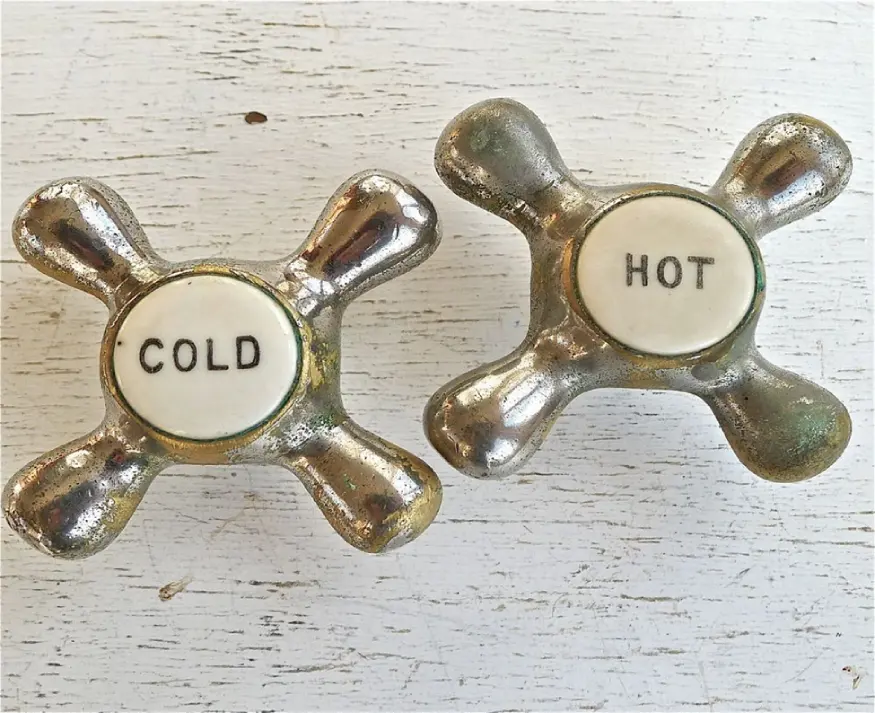
| Note: In case your vintage faucet seems to overflow water, ensure to fix the leaky old-fashioned faucet by checking this. |
3. Sign
Mostly, the taps contain an H or C sign to indicate the hot or cold side in the US. However, other countries with Romance languages contain different letters to indicate the sides.
To name a few, you’ll get to see a C or F label that indicates the hot or cold side in France, Italy, and Spane. FYI, the C is for Chaud (France), Caldo (Italy), and Caliente (Spane) which means hot.
Then again, the F is for Froid (France), Freddo (Italy), and Frio (Spane) which means cold. In Portuguese, the hot side has a Q (Quente) and the cold side has the F (Frio/Fria) sign.
| Pro Tip: If the faucet’s handle contains no marks, labels, or signs, ensure to touch the water to know which side is for hot and cold taps. And then, put a sticker so that your family member knows it. |
How Can I Determine Which Side is Hot and Cold on an Allen and Roth Faucet?
Determining the hot and cold sides on an Allen and Roth faucet is simple. Locate the manufacturer’s logo on the faucet handles or spout; this indicates the temperature labels. The handle with the red indicator denotes hot water, while the blue one signifies cold. Remember to refer to the instructions provided by the allen and roth faucet manufacturer for specific guidance.
Why Is Hot Tap Always on the Left – A Historical Perspective!
Back in 1801 to 1900, indoor plumbing was first introduced. At that time, the water was driven into the house using a hand pump. And, it was cold water that came to the home.
As a lot of people were and still are right-handed, the pump was placed on the right side of the sign. After some evolution, cold and hot water were launched that most home uses till now.
From that period to this day, most folks get used to the hot on the left and cold on the right side of a faucet. For people to easily uncover the sides of the faucet, plumbers also follow the traditional style and give a hot side on the left while cold on the right side.
Some Tips on Safety Considerations!
- If the opposite is occurring that indicates an issue. In that case, simply fix the hot water coming out of the cold tap like this.
- Never let your kids use a new bathroom with hot and cold-water sides in the faucet unless they know.
- If possible, use a temperature control device on the faucet before the hot side of it.
- Always mark the hot and cold until your muscle memory gets habituated.
In Conclusion
It’s important to check the water temperature yourself by touching it, no matter which side of the faucet is for hot or cold water.
This is a must especially if you go to a new place or hotel to live with family where the faucet has both hot and cold sides.
Accidentally touching or drinking hot water can really hurt you and your family, even causing serious harm or death.
So, remember to be careful when you’re using the hot side of the faucet. I hope you find this information useful to understand the basics of the hot and cold sides of a faucet.
